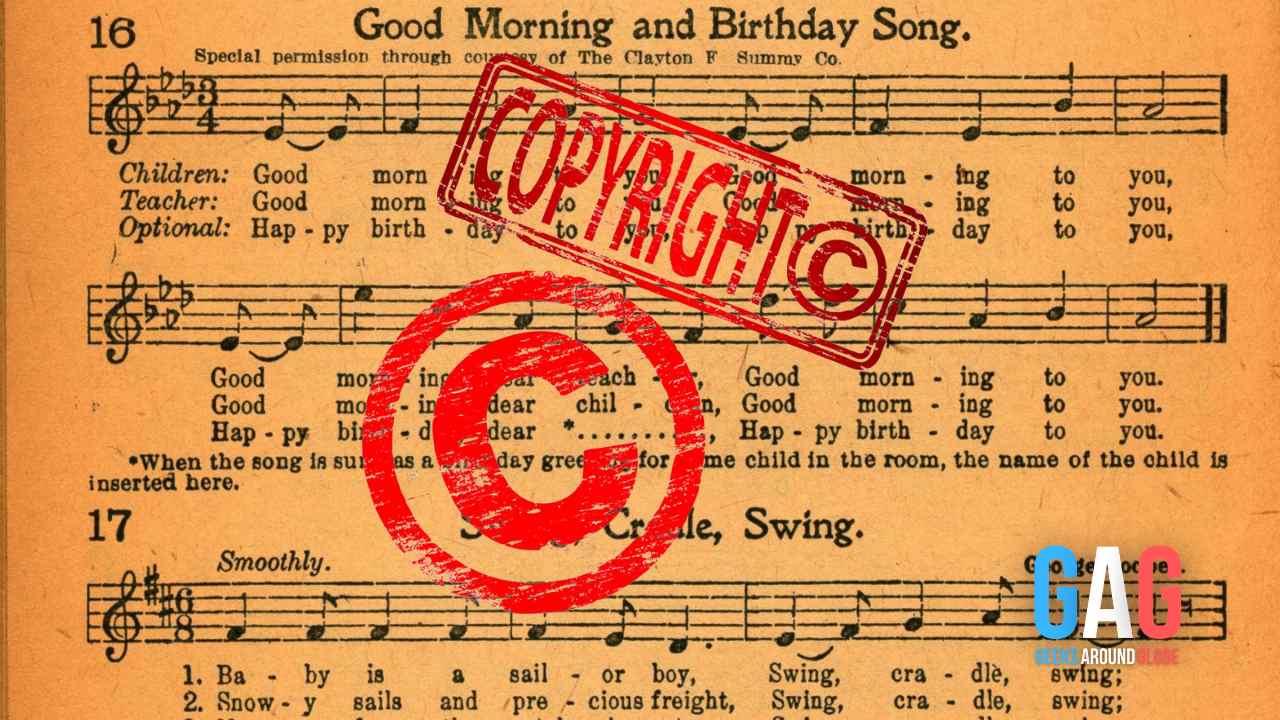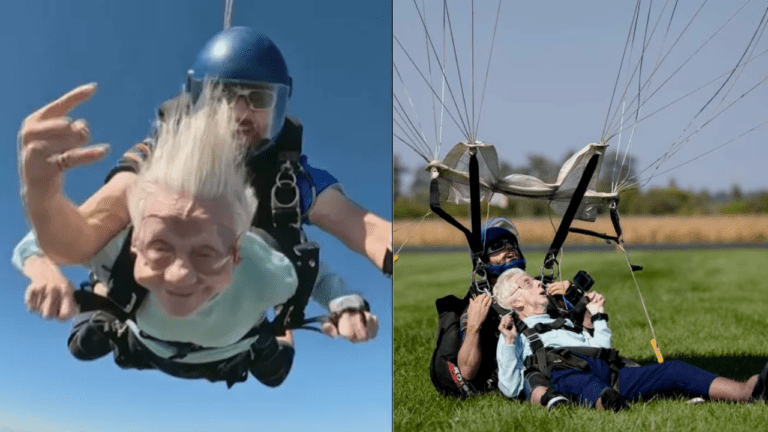Have you ever attended a birthday party and joined in the familiar tune of “Happy Birthday to You”? The iconic song holds a special place in our hearts, often serving as a celebration centerpiece. But did you know that this seemingly simple melody was caught up in a web of copyright controversy for many years? Let’s delve into the fascinating history of the “Happy Birthday” song. And the recent landmark ruling that has placed it firmly in the public domain.
“Happy Birthday to You” copyright claim
For decades, the rights to the “Happy Birthday to You” song were held by Warner/Chappell Music, a publishing company that acquired the copyright in the 1980s. As the copyright owner, Warner/Chappell could demand royalties for public performances, film usage, and commercial ventures involving the song. This ownership sparked an ongoing debate and raised questions about the legitimacy of their claim.
How much did Warner/Chappell make from “Happy Birthday to You” copyright?
Warner/Chappell began collecting royalties for ‘Happy Birthday to You’ in 1988 after acquiring the company that held the copyright, Clayton F. Summy Co. According to estimates, the company generated approximately $2 million in annual revenue through licensing fees for the song. Over the years, the extensive use of ‘Happy Birthday to You’ in various mediums, including films, television shows, and public performances, contributed to the substantial royalties collected by Warner/Chappell Music.”
The court order that changes the history
In a groundbreaking turn of events, a federal court ruling in 2016 ended Warner/Chappell’s long-standing copyright claim. The court determined that the copyright only extended to a specific piano arrangement of the song published in 1935 and not to the melody or lyrics themselves. This ruling effectively rendered the “Happy Birthday” melody and lyrics part of the public domain.
Impacts of the ruling
The court’s decision has broad implications. Previously, public use of the “Happy Birthday” song required licensing and royalties. Now in the public domain, anyone can freely perform and use the song without legal constraints or financial obligations.
This accessibility has sparked creative expressions. From family gatherings to public events, the song has regained its role as a universal symbol of celebration.
Conclusion
The “Happy Birthday” song journeyed from copyright restrictions to the public domain, fostering inclusivity and creative freedom. In 2016, a court ruling lifted longstanding constraints, enabling global embrace of its melodic charm.







